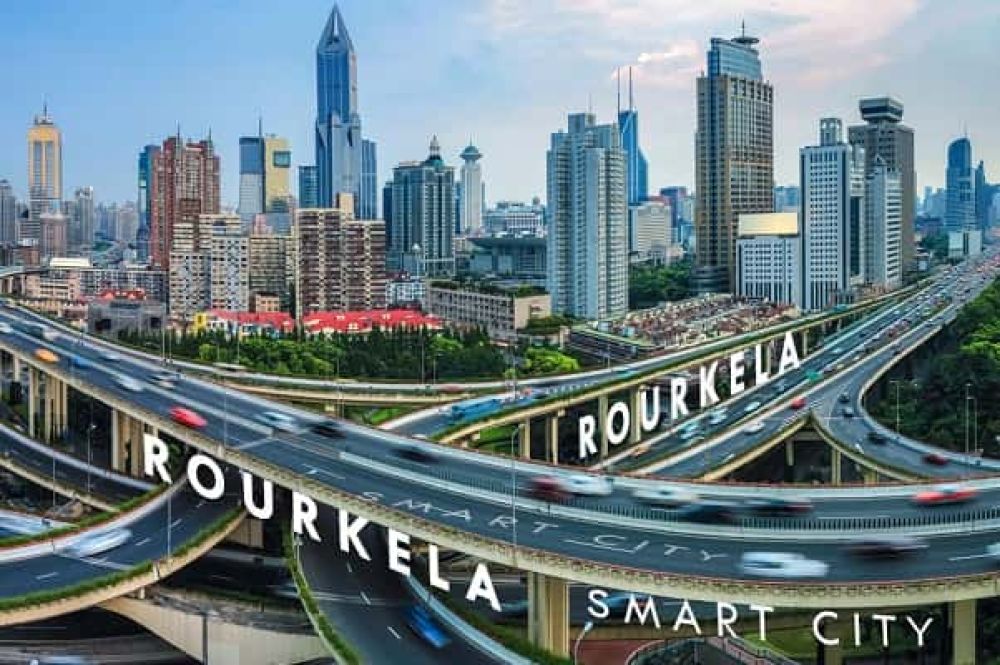Rourkela
A complete tourist and cultural guide
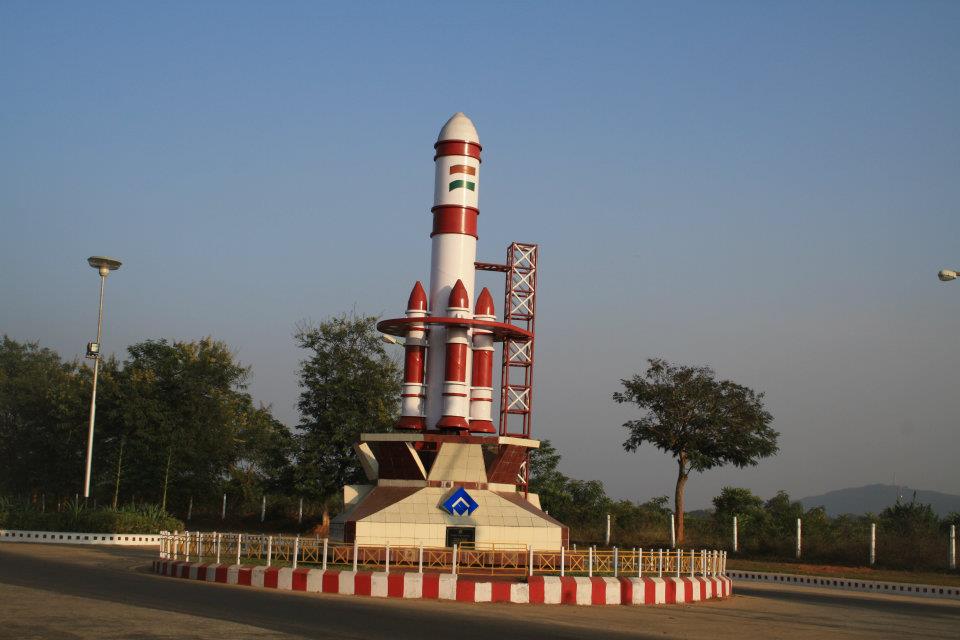
Rourkela, often called the “Steel City of Odisha,” is a vibrant industrial hub with a rich cultural and natural heritage. Nestled in the northern part of Odisha, it is home to one of India’s largest steel plants, Rourkela Steel Plant (SAIL). Beyond its industrial significance, Rourkela offers lush greenery, waterfalls, temples, and a unique blend of tribal and urban culture.
Must-Visit Attractions in Rourkela
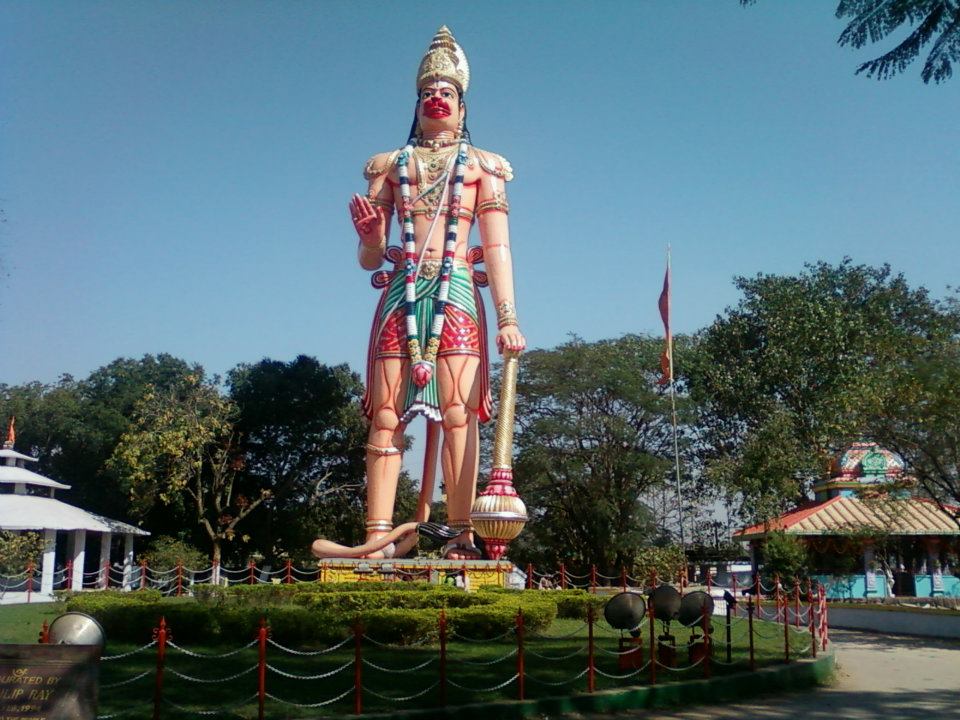
Hanuman Vatika
A tranquil temple with a towering 75-ft Hanuman statue, set amid lush gardens ideal for meditation.

Vedvyas
A sacred riverside site linked to Sage Vedvyas, featuring a temple and serene views at the Koel-Sankh confluence.
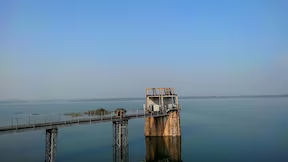
Mandira Dam
A scenic dam enveloped by forests, perfect for boating, picnics, and stunning sunset vistas.
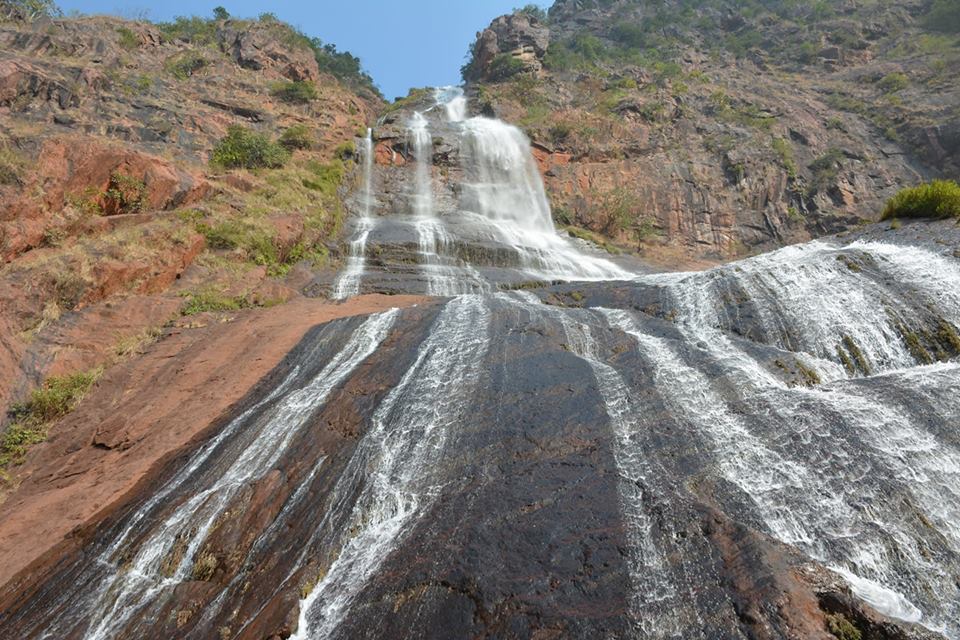
Khandadhar Waterfall
Odisha’s towering 244-meter cascade, nestled in verdant greenery for a refreshing nature escape.
Major Attractions Nearby Rourkela
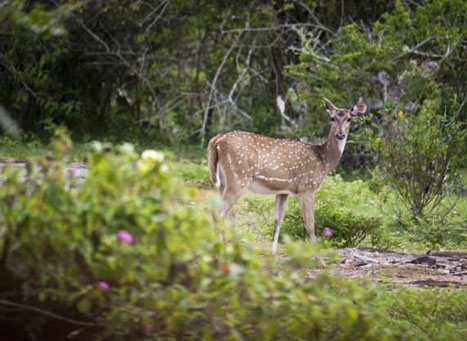
Debrigarh Wildlife Sanctuary
A pristine sanctuary hosting leopards, sloth bears, and migratory birds, ideal for wildlife safaris and nature trails.
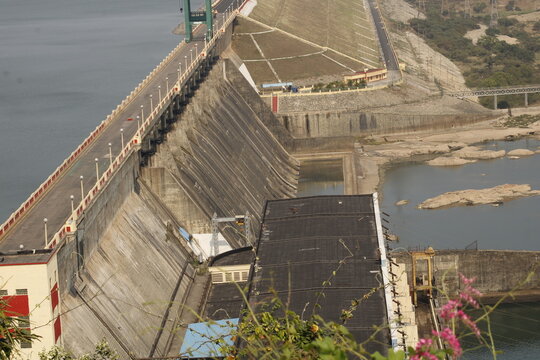
Hirakud Dam (Sambalpur)
Asia’s longest earthen dam, offering breathtaking sunset views, boating, and a serene reservoir expanse.
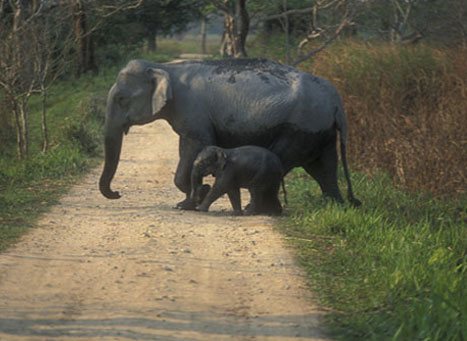
Ushakothi Wildlife Sanctuary
A dense forest retreat known for elephants, tigers, and rare flora, perfect for adventurous jungle excursions.
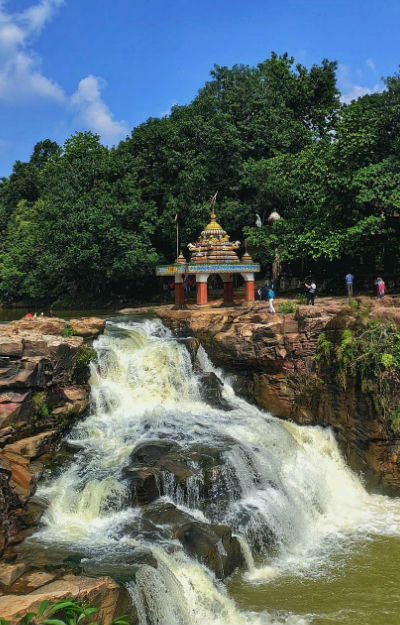
Koilighughar Waterfall
A hidden cascading waterfall nestled in lush greenery, offering a tranquil escape for trekkers and picnickers.
Things to Do in Rourkela
Experience the perfect blend of industry, nature, and tribal culture. From exploring steel heritage to chasing waterfalls, Rourkela offers a unique mix of adventure and tradition.
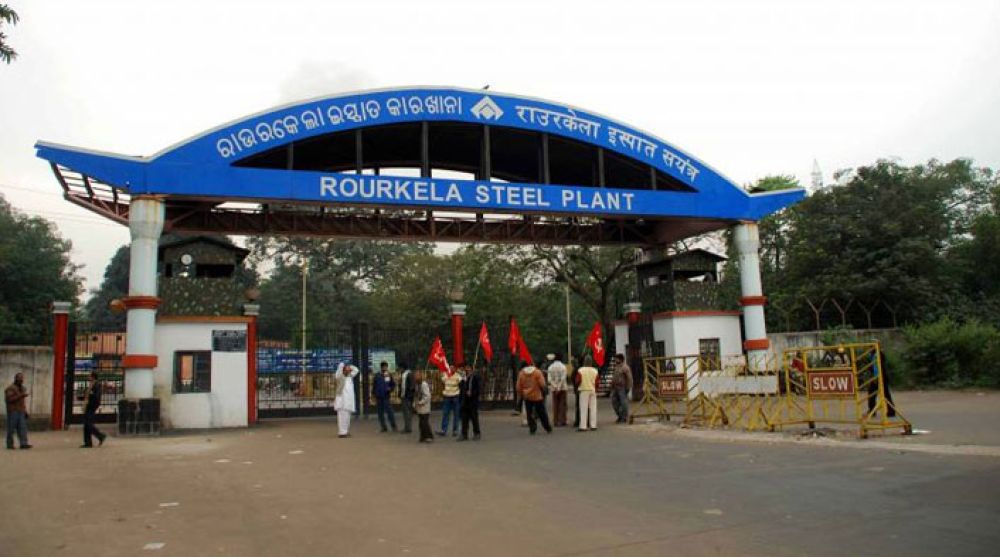
Visit the Steel Plant Museum
Discover Rourkela’s industrial history through exhibits and machinery displays.
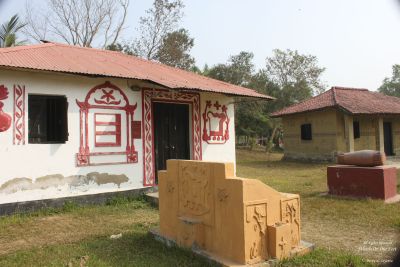
Explore Tribal Villages
Immerse in the vibrant traditions of Santhal and Munda tribal communities.
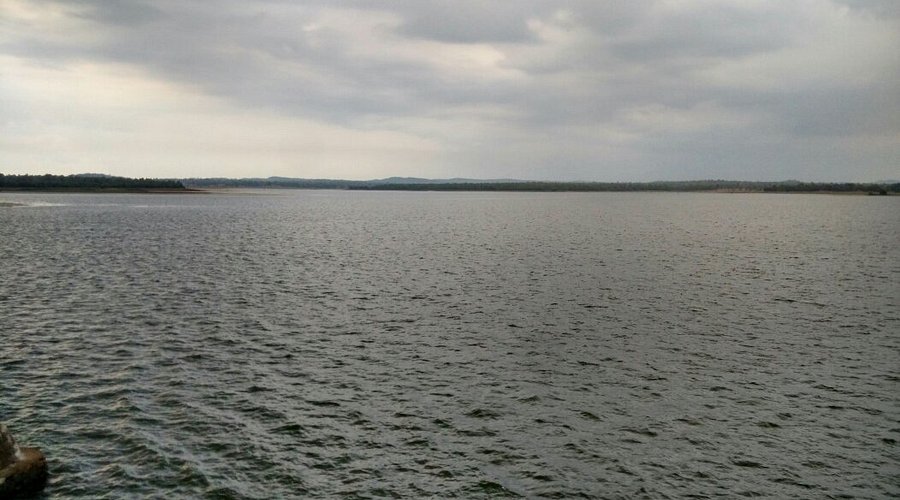
Boating at Mandira Dam
Glide across serene waters surrounded by lush green hills.
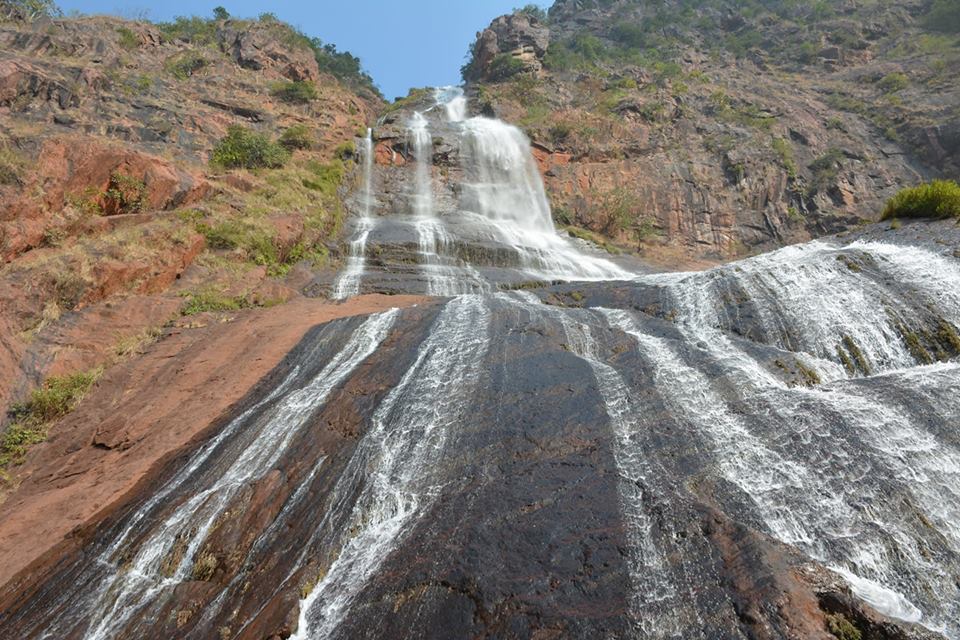
Trek to Khandadhar
Adventure through forests to witness Odisha’s majestic waterfall.
The Performing Arts of Rourkela
A dynamic fusion of tribal traditions and modern creativity, Rourkela’s cultural scene thrives in its vibrant festivals, folk dances, and industrial-inspired art forms. While deeply rooted in Odisha’s tribal heritage, the city also embraces contemporary expressions, creating a unique artistic identity shaped by its steel-town energy.
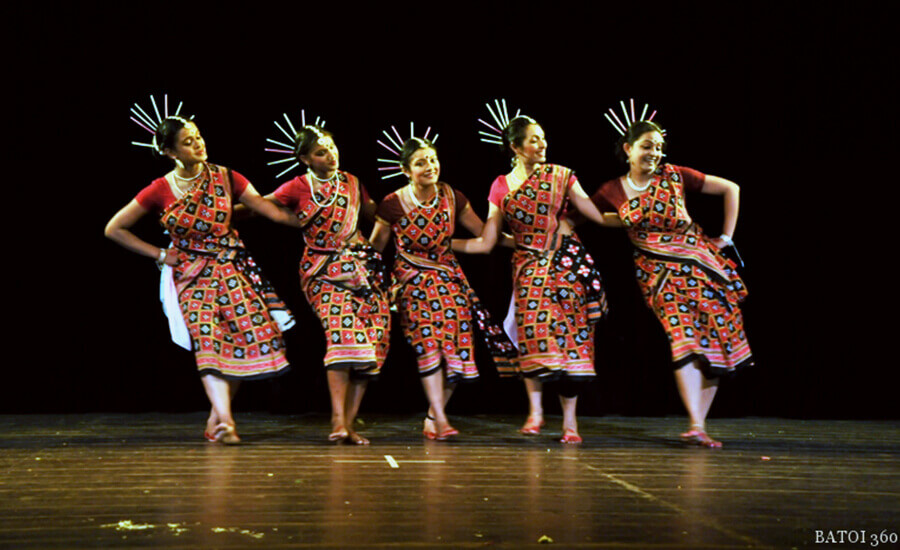
Sambalpuri Folk
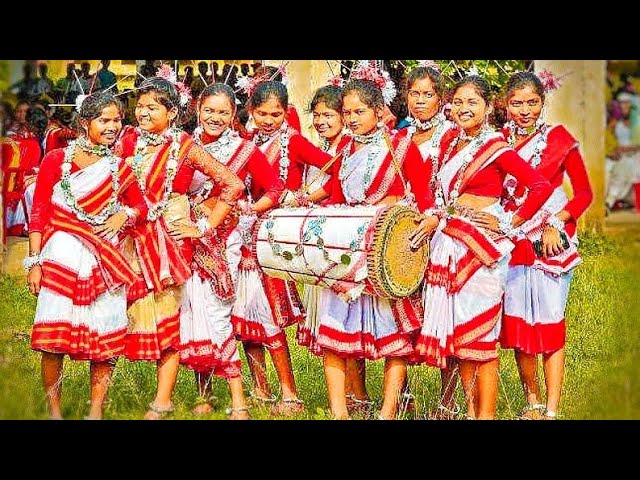
Karma Naach
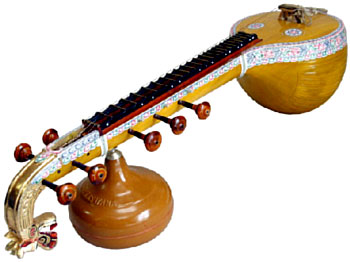
Odissi Classical
Rourkela’s musical heartbeat pulses through its vibrant folk traditions, where the rhythmic dhol and soulful Sambalpuri geet celebrate tribal life. While classical Odissi finds echoes in cultural hubs, the city truly comes alive with Karma Naach melodies and harvest festival drumbeats electrifying its streets.
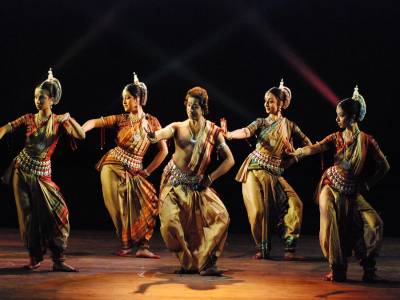
Dalkhai
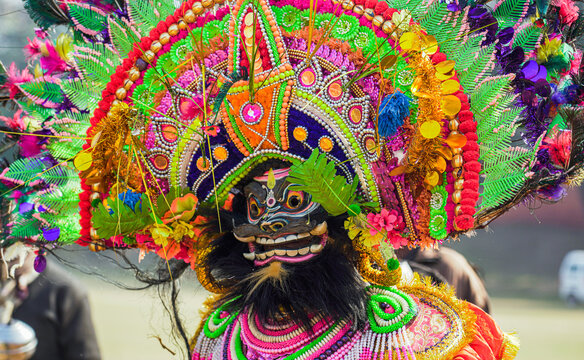
Chhau
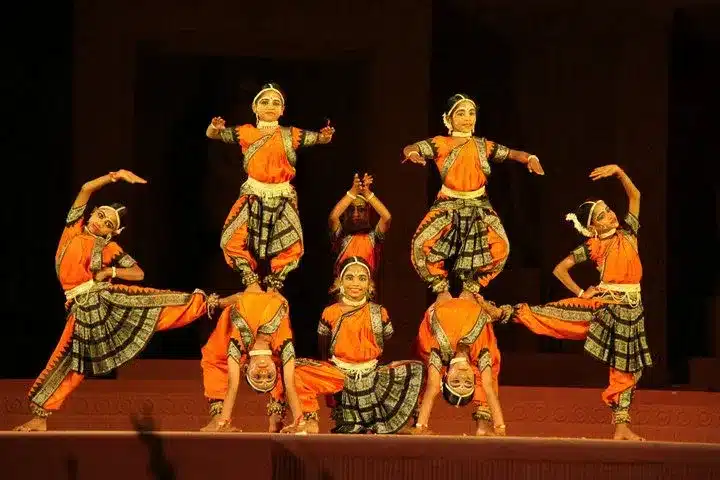
Gotipua
Rourkela’s dance culture thrives in its vibrant tribal traditions, where the energetic Dalkhai and masked Chhau performances bring folk tales to life during festivals. The graceful Gotipua dance preserves Odisha’s ancient temple arts, showcasing acrobatic moves that later inspired classical Odissi.
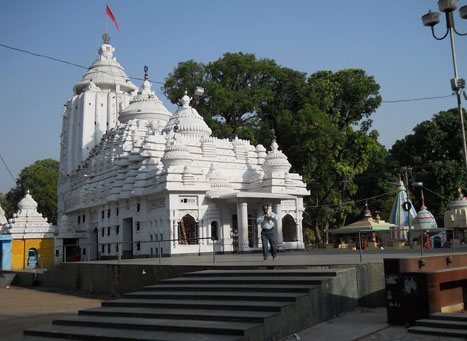
City Vibes – Industrial Meets Natural Beauty
Rourkela thrives as a bustling steel hub while embracing serene rivers, lush hills, and tribal heritage. The city pulses with energy—factory workers, students, and indigenous communities blending modernity with tradition.
Evenings by the Koel River or at Hanuman Vatika offer tranquil escapes, where nature softens the industrial skyline. A rare harmony of grit and greenery defines Rourkela’s soul.
Heritage of Rourkela
Rourkela’s heritage blends tribal traditions with industrial modernity, shaped by indigenous cultures and the steel revolution. Ancient tribal art, vibrant festivals, and the legacy of SAIL’s steel plant define its unique identity. The city preserves its roots while evolving as Odisha’s industrial heartbeat.
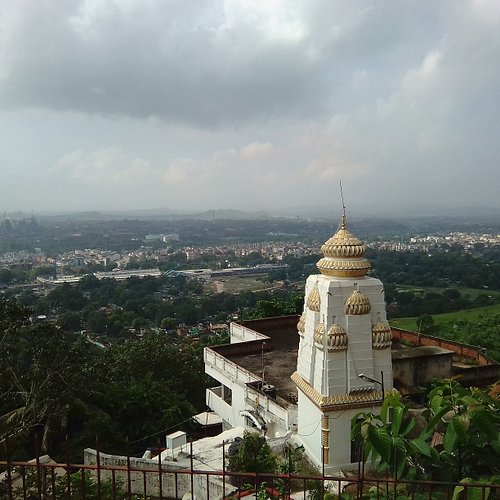
Cuisine of Rourkela
Rourkela delights foodies with its mix of tribal flavors and Odia classics, from spicy Pakhala Bhata to sweet Chhena Poda. The city’s street food and steel plant canteens add a unique industrial-town twist to traditional tastes.
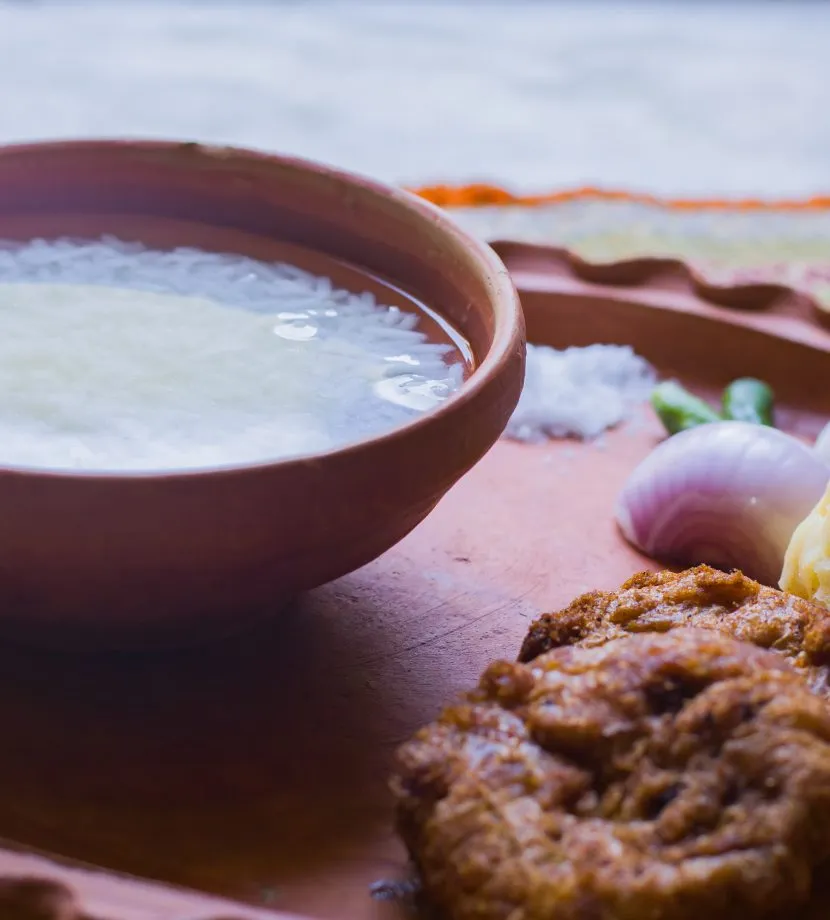
Pakhala Bhata
Fermented rice with curd and fried fish, a refreshing Odia summer staple.
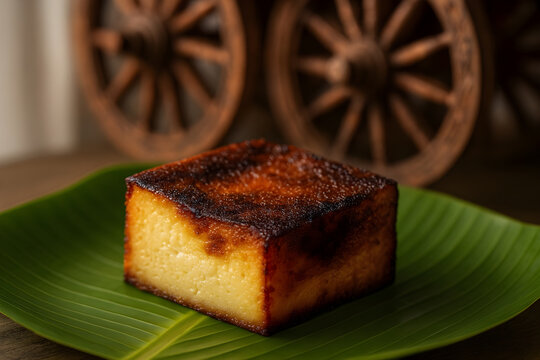
Chhena Poda
Caramelized cottage cheese dessert, baked to smoky perfection.
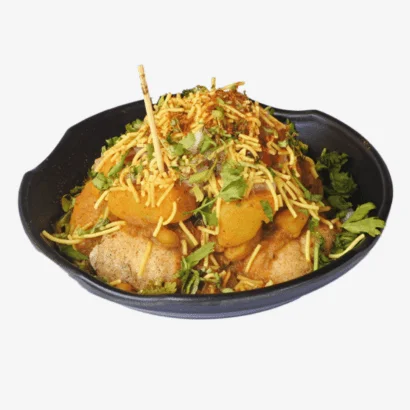
Aloo Dum Dahi Bara
Crispy lentil dumplings dunked in yogurt and spicy potato curry.

Mutton Besara
Tribal Dokra Jewelry
Shopping in Rourkela
The ideal time to visit Rourkela is from October to March, when the weather is cool and perfect for exploring waterfalls and tribal villages. Winter months (December-January) offer misty mornings ideal for Vedvyas and Mandira Dam visits. Avoid April-June (scorching heat) and July-September (heavy rains disrupt outdoor plans. The Nuakhai festival (August-September) adds cultural vibrancy if you don’t mind light showers.
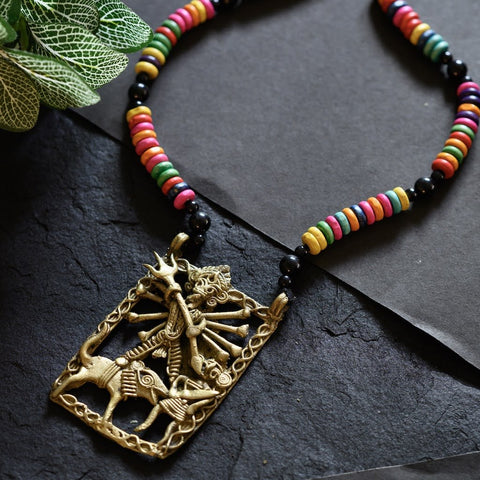
Tribal Dokra Jewelry
Handcrafted brass artifacts with intricate tribal motifs, perfect for ethnic adornments.

Sambalpuri Fabrics
Vibrant handloom sarees and fabrics featuring traditional ikat patterns from nearby weaving hubs.
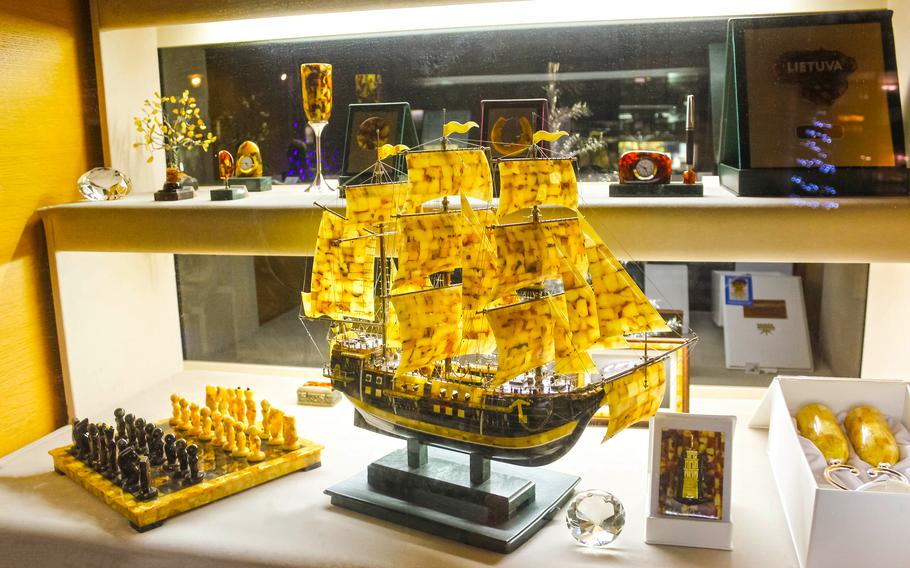
SAIL Souvenirs
Miniature steel plant models and industrial memorabilia celebrating Rourkela’s industrial legacy.
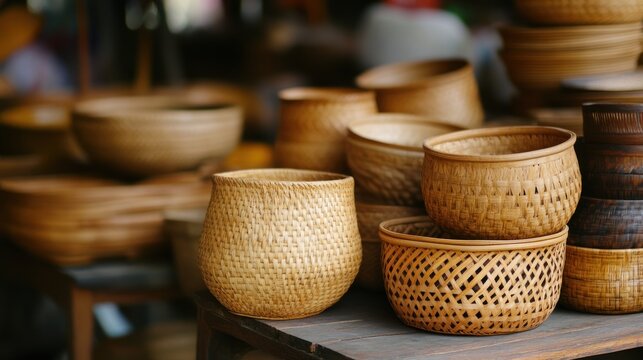
Bamboo Crafts
Eco-friendly baskets, decor, and utensils woven by local tribal artisans.
Tourist's Handbook
The best season to visit Varanasi is during the winter months, from October to March, when the weather is cool and pleasant. This is an ideal time for sightseeing, attending festivals, and enjoying the serene boat rides on the Ganges. The vibrant Dev Deepawali celebration in November adds spiritual charm to the city. Avoid peak summer and monsoon due to extreme heat and heavy rains.
- Mind Uneven Terrain – Waterfall treks (like Khandadhar) require grippy shoes – avoid flip-flops on rocky trails.
- Use Registered Transport – Pre-book autos/taxis after dark; avoid unmarked shared vehicles near industrial zones.
- Stay Hydrated Smartly – Carry sealed bottles; street food is tasty but check hygiene before eating.
Respect Tribal Customs – Seek permission before photographing tribal villages or sacred groves. - Secure Valuables – Markets near Udit Nagar get crowded – keep bags zipped and wallets hidden.
Auto-rickshaws and city buses are the most common ways to navigate Rourkela, with fixed routes covering key areas like Sector-19 and Steel Plant. For flexibility, opt for app-based cabs or pre-booked taxis, especially when visiting Mandira Dam or Vedvyas. Walking is ideal in market areas like Udit Nagar, but avoid isolated industrial zones at night. For a unique experience, try local shared jeeps to reach tribal villages near Khandadhar.
Auto-Rickshaw Overcharging – Insist on meters or fix fares before rides, especially near SAIL plant or hotels.
Fake Tribal Craft Sellers – Buy handicrafts only from certified shops (like OSBC emporiums) to avoid cheap imitations.
"Special Entry" Waterfall Scams – Khandadhar/Mandira Dam visits require no "guide fees"—pay only official ticket counters.
Steel Plant Tour Scams – Book SAIL plant visits only through their official portal or front desk.
Hotel Price Bait-and-Switch – Confirm room rates in writing before check-in, especially during Nuakhai festival season.

